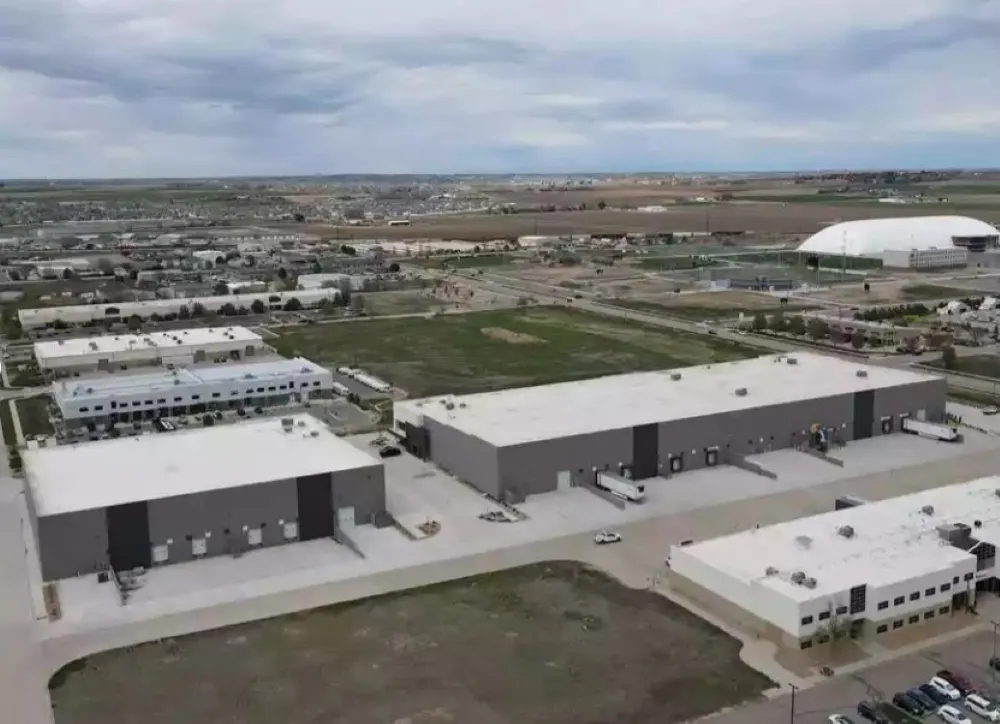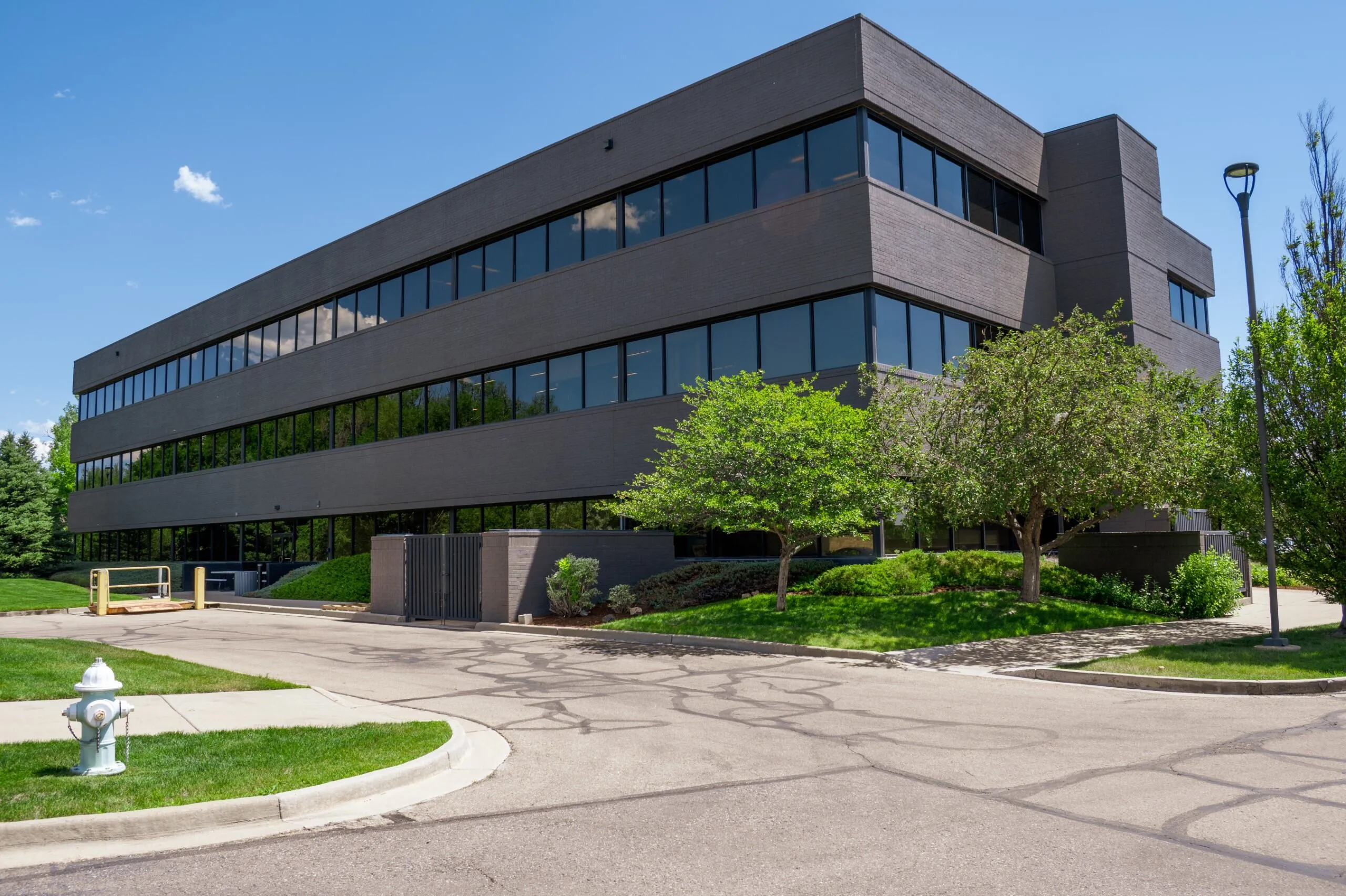RE Summit: Pandemic impacts commercial sector, but unevenly
The foreclosure actions affecting two Northern Colorado shopping malls — The Promenade Shops at Centerra and Foothills in Fort Collins — are not a foreshadowing of things to come in the region, unless you’re in the mall business.
Ryan Schaefer, CEO of NAI Affinity commercial real estate agency in Northern Colorado, provided that assessment during a forecast of the commercial real estate market in the region during BizWest’s Northern Colorado Real Estate Summit this morning.
“There will be some [foreclosures], but percentage wise it will be relatively minor,” he said in response to a question.
The foreclosures in recent months of two of…
THIS ARTICLE IS FOR SUBSCRIBERS ONLY
Continue reading for less than $3 per week!
Get a month of award-winning local business news, trends and insights
Access award-winning content today!





